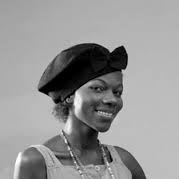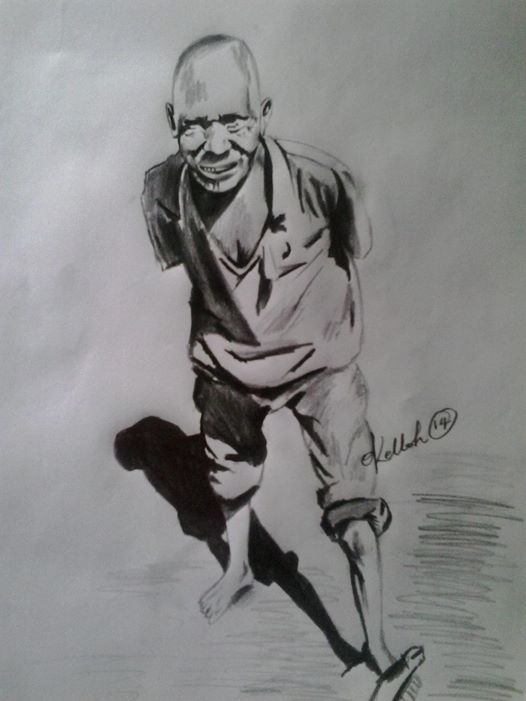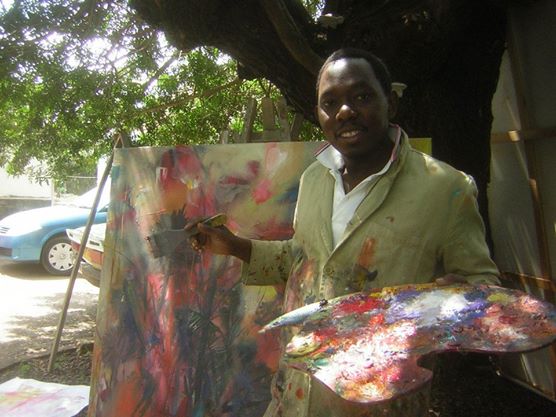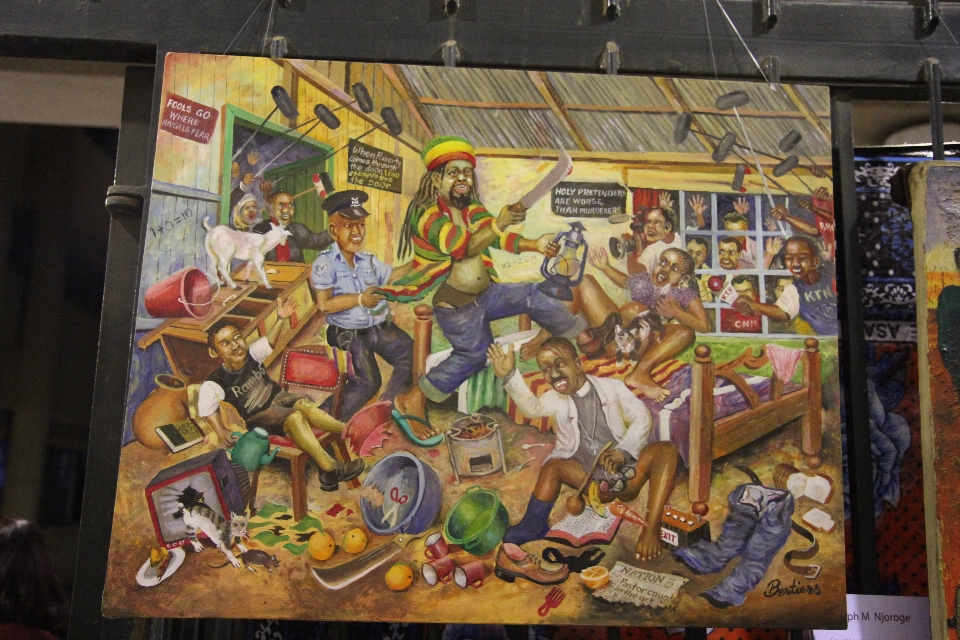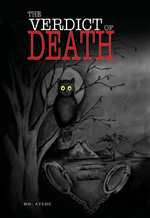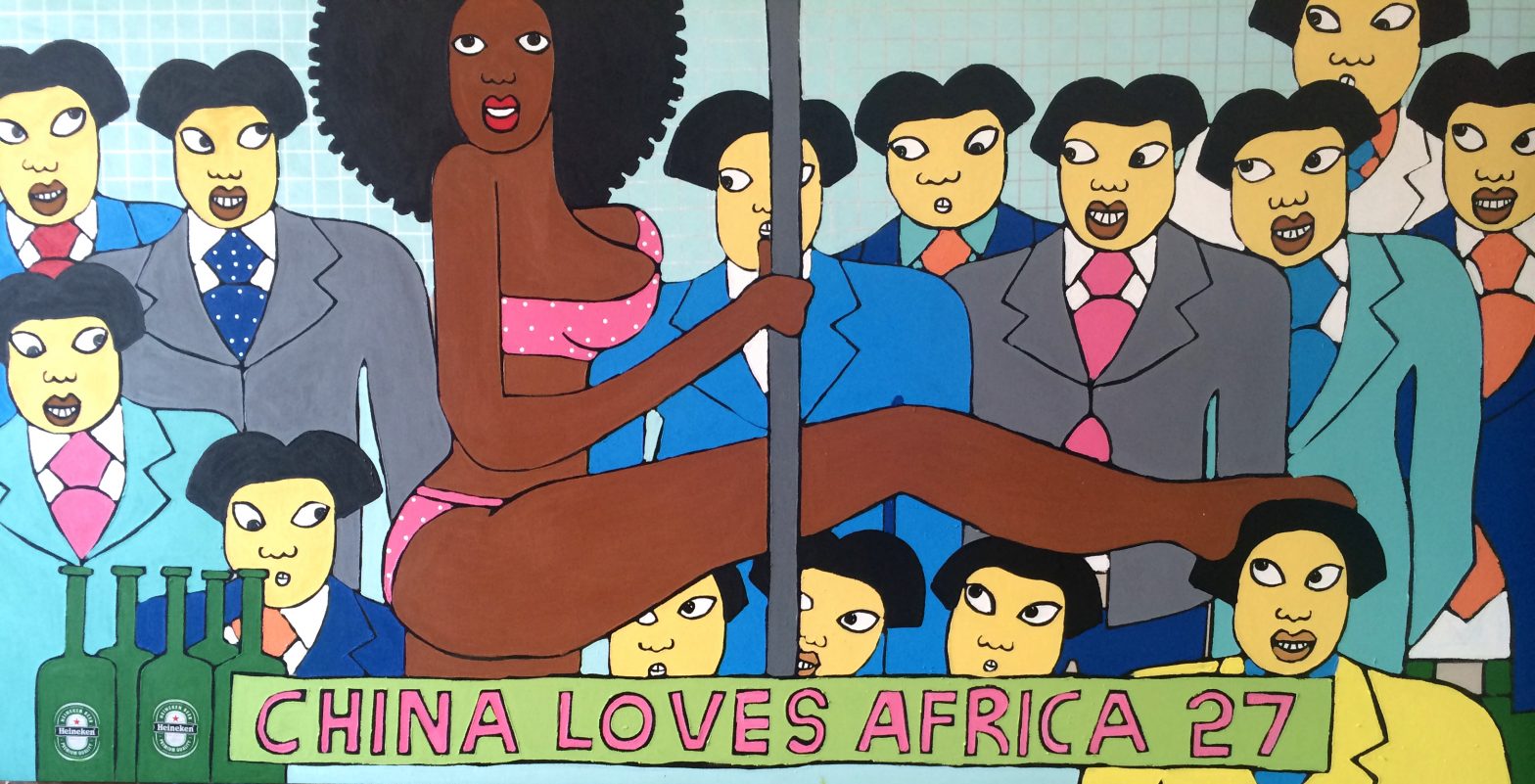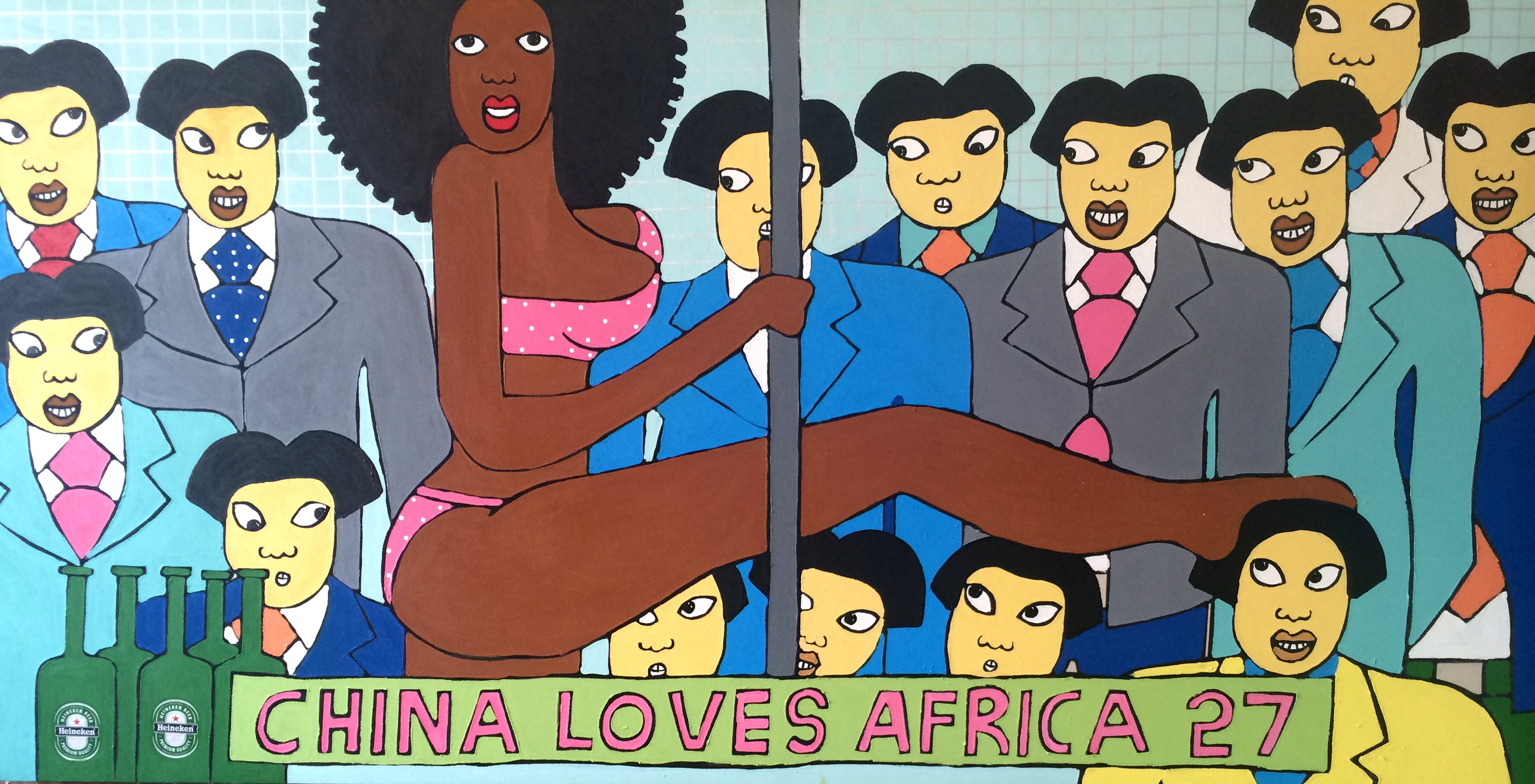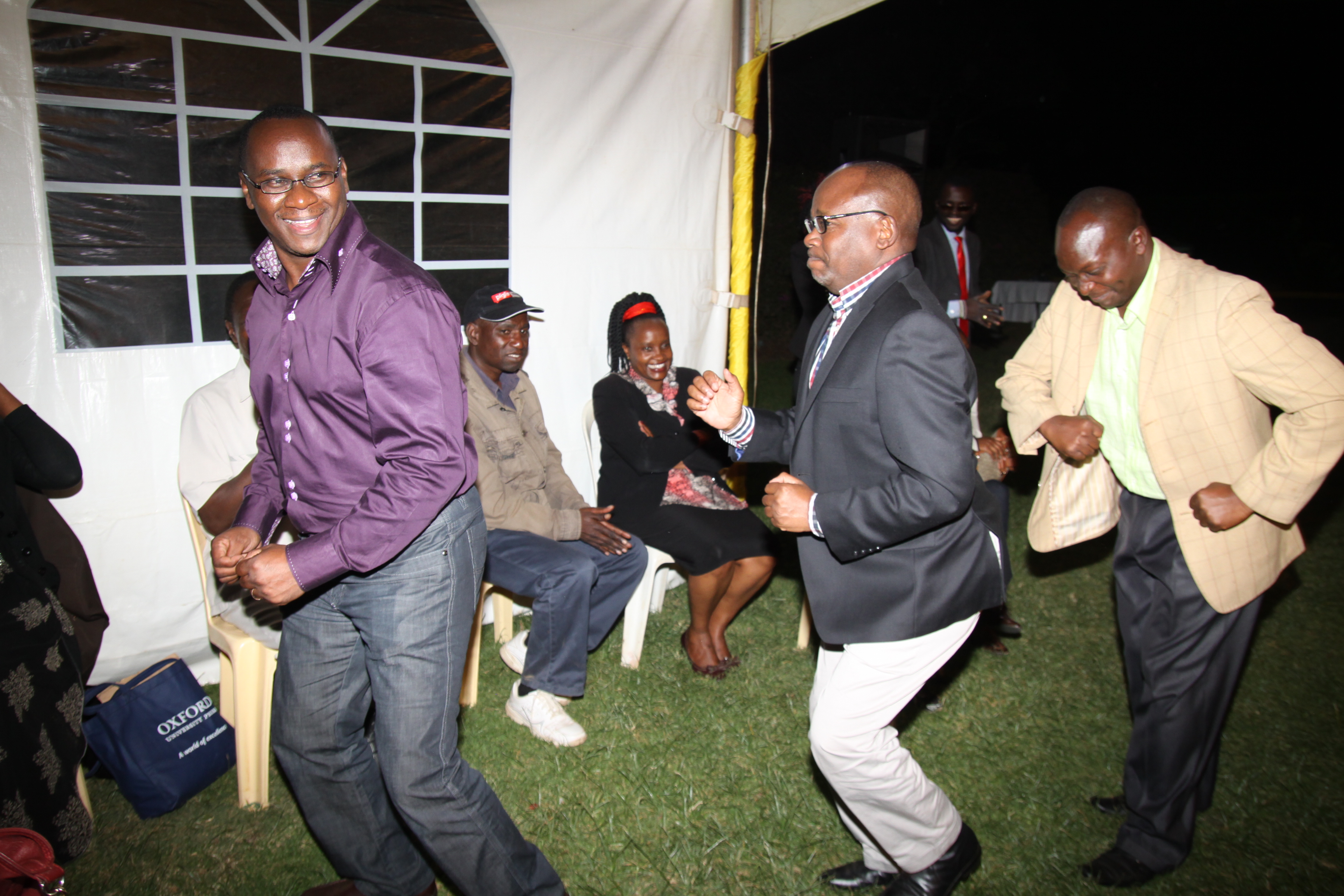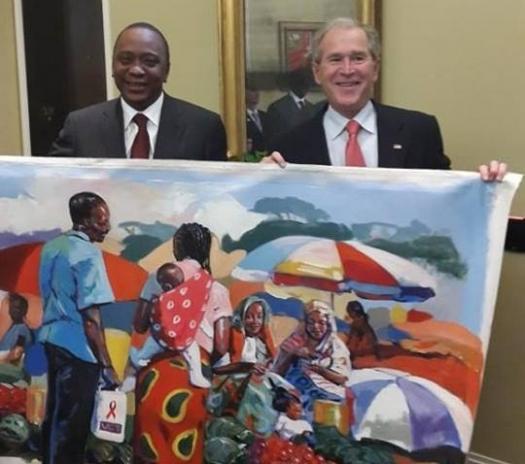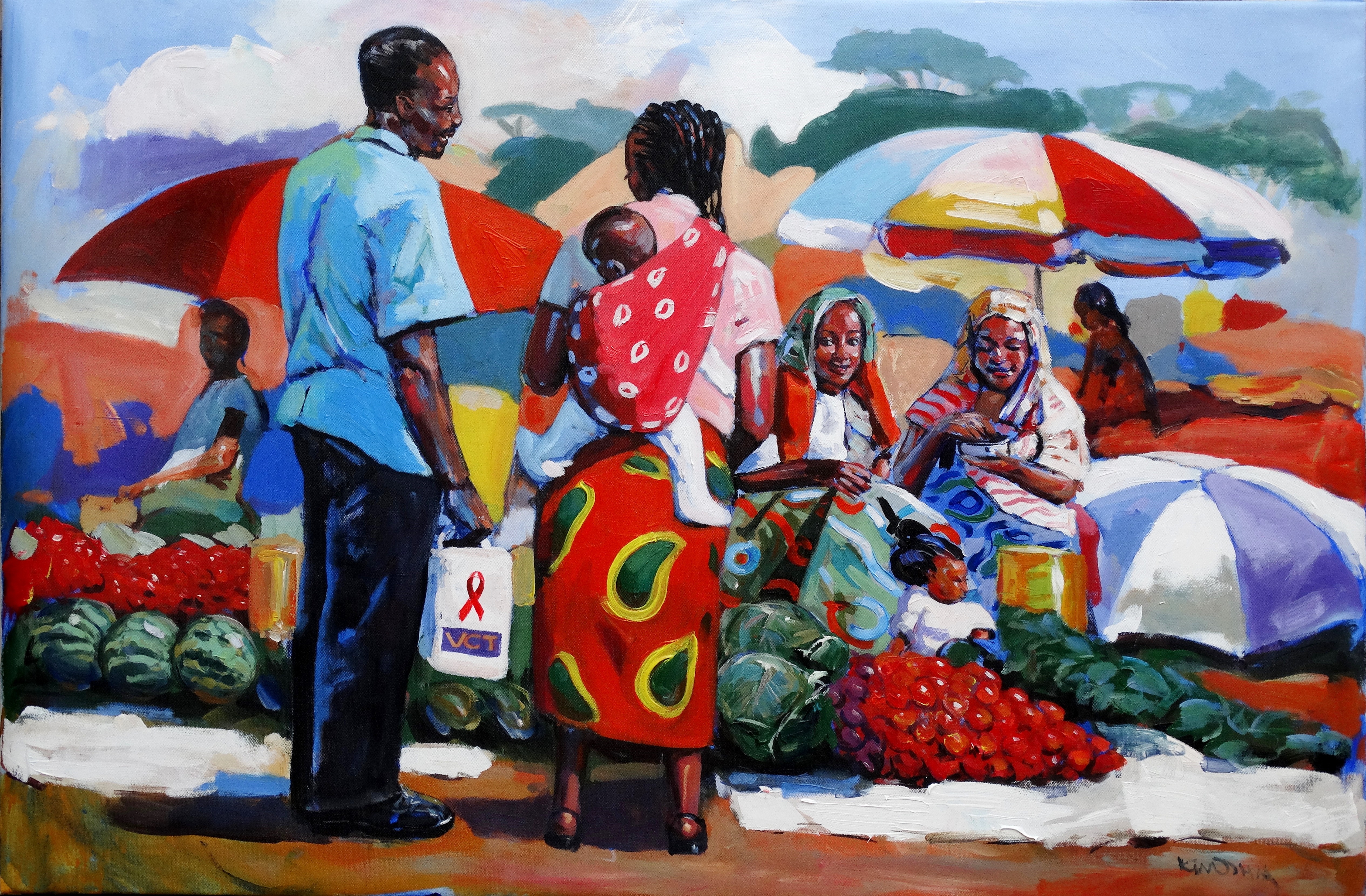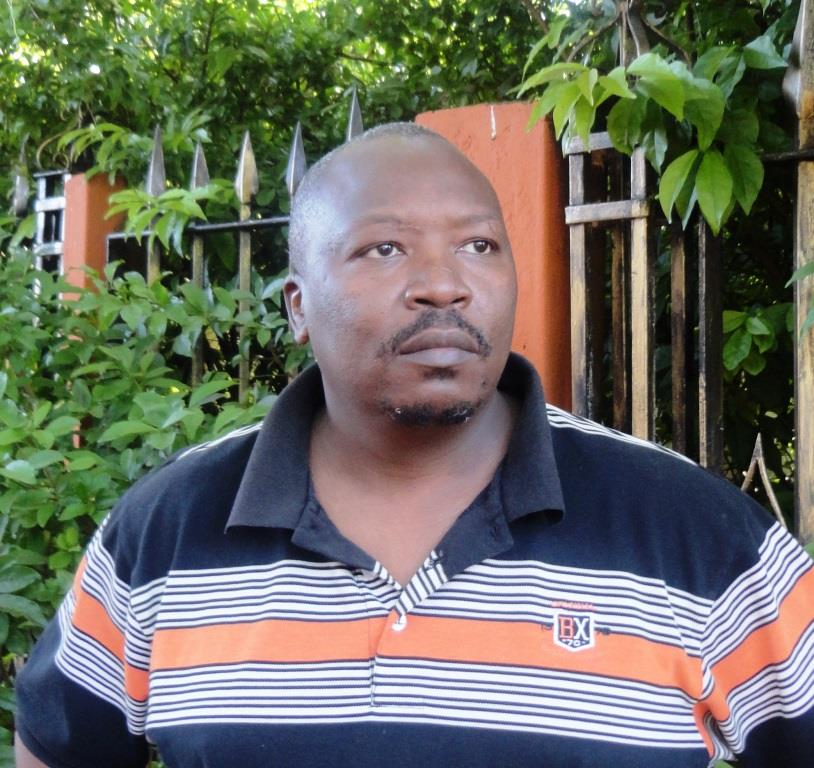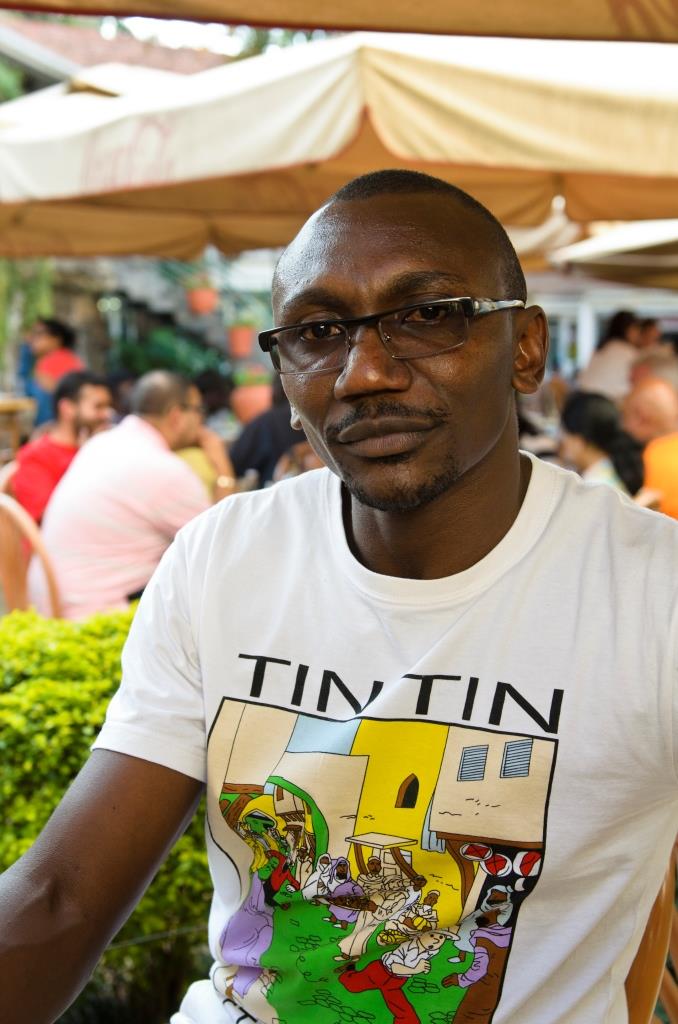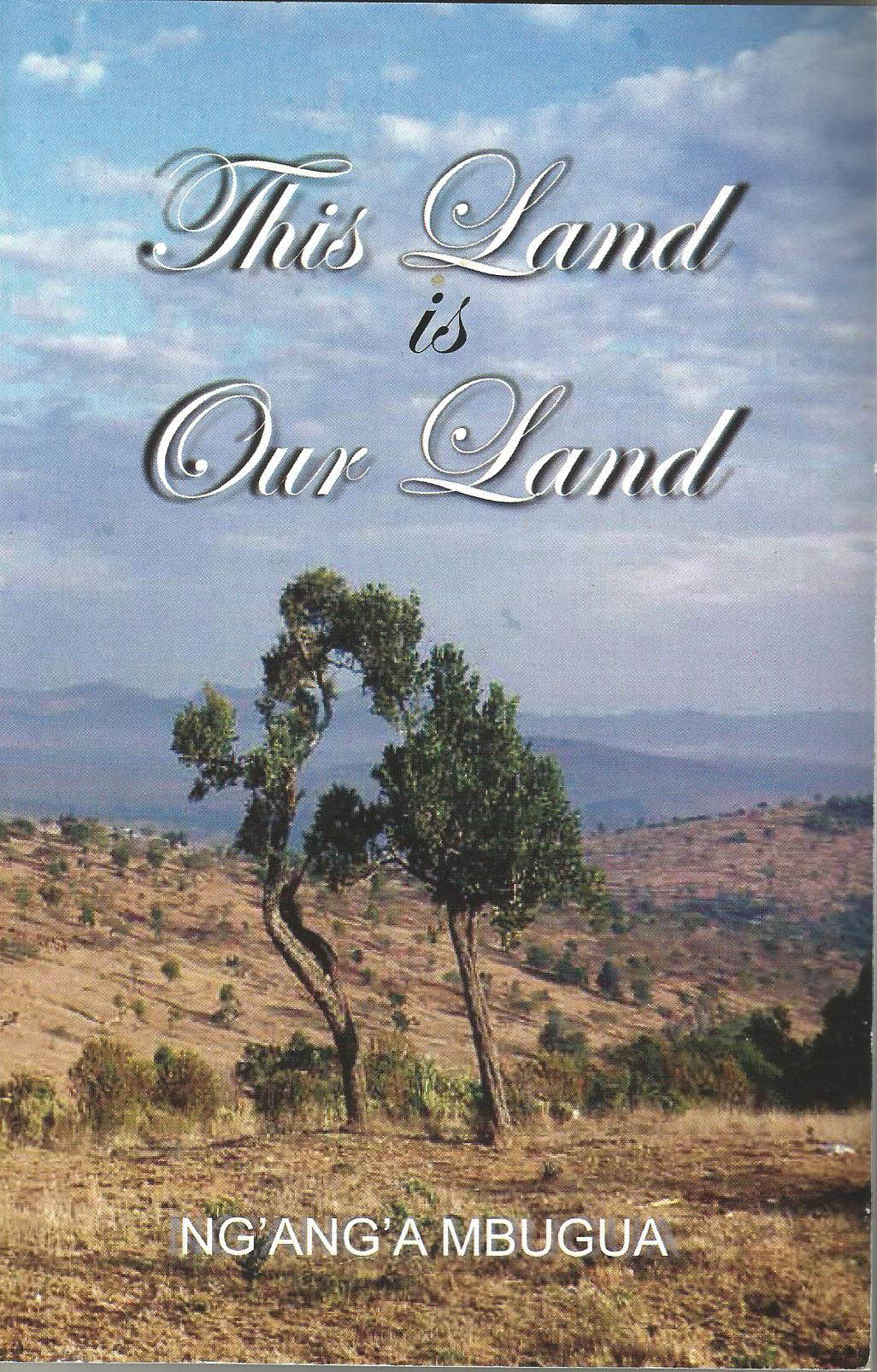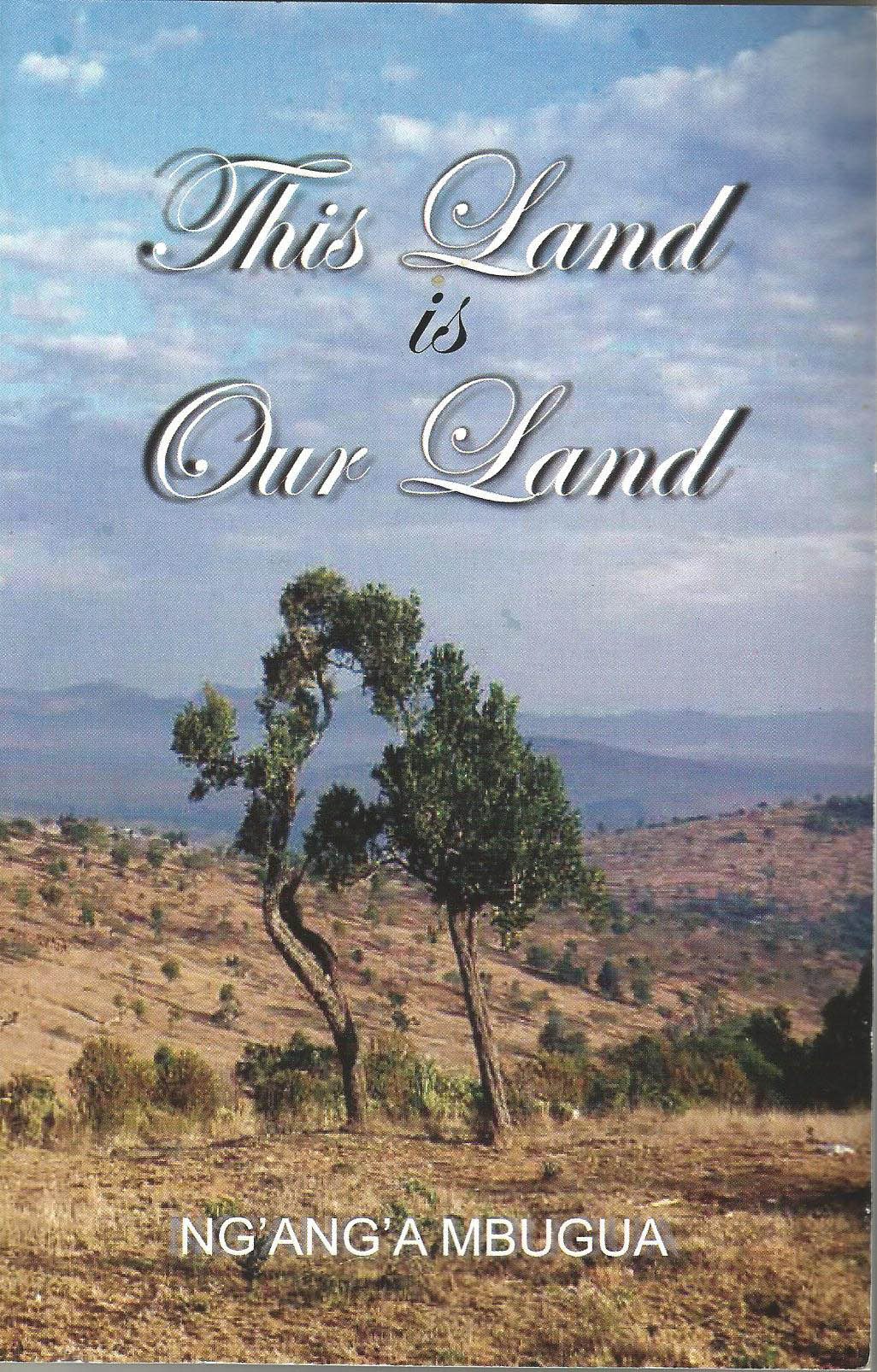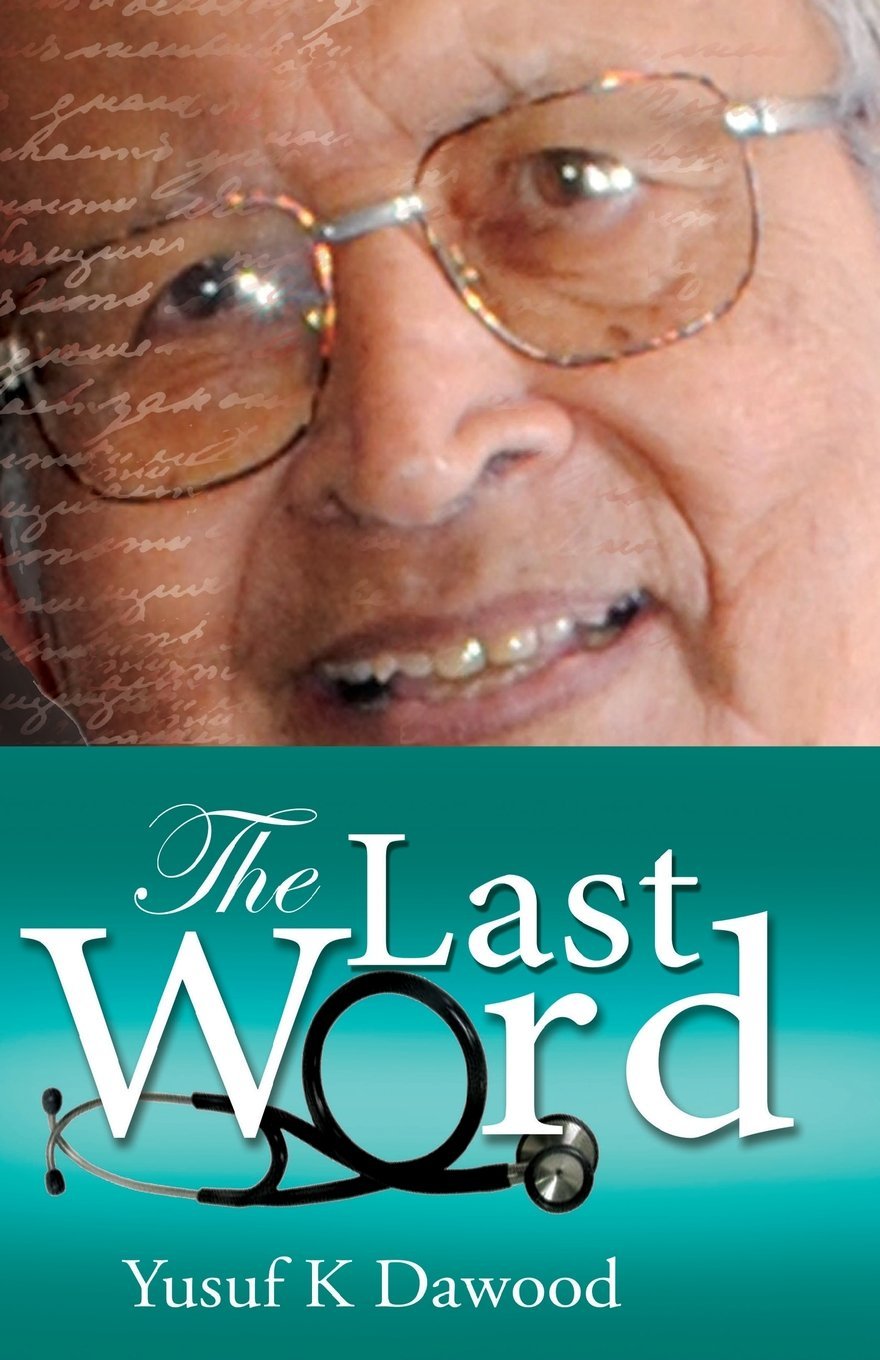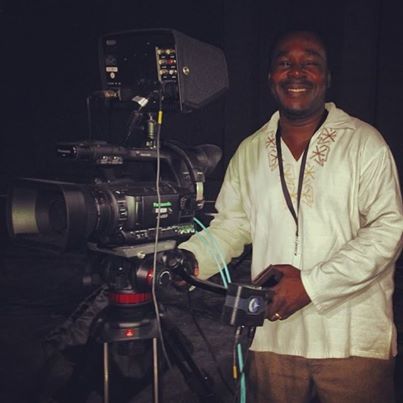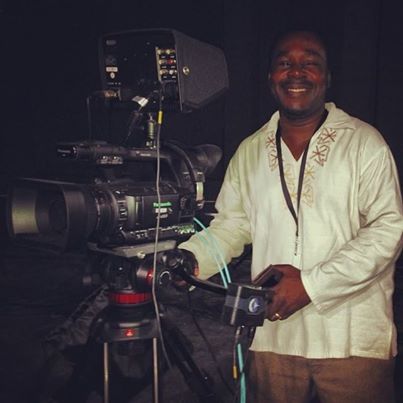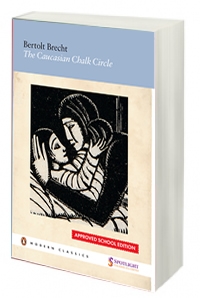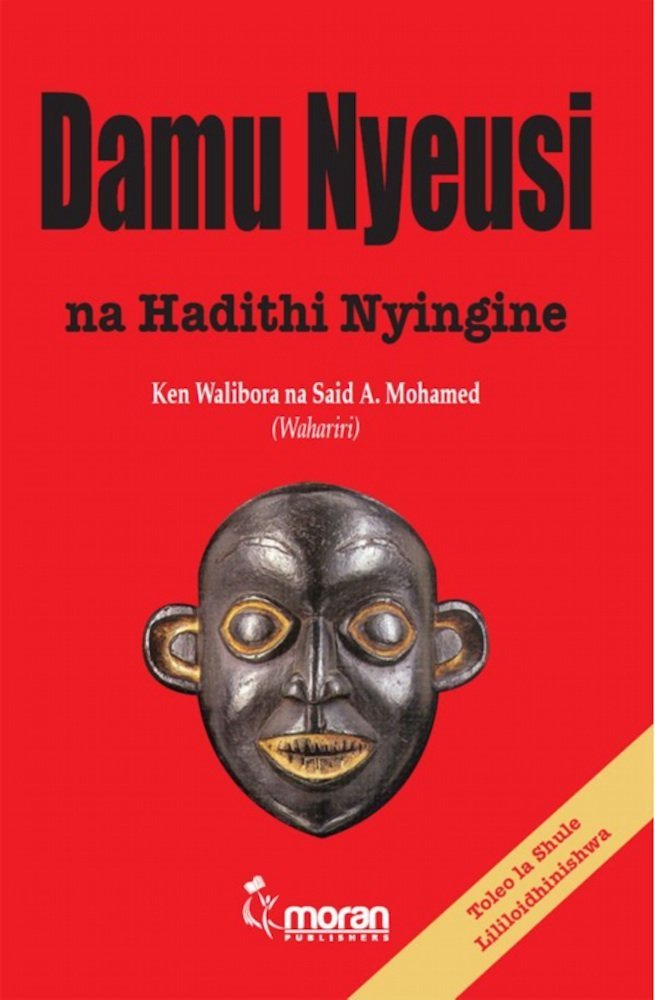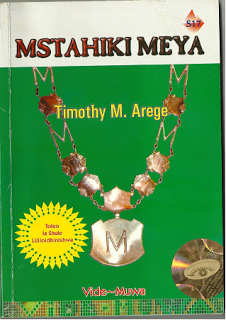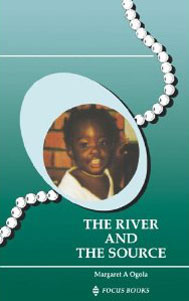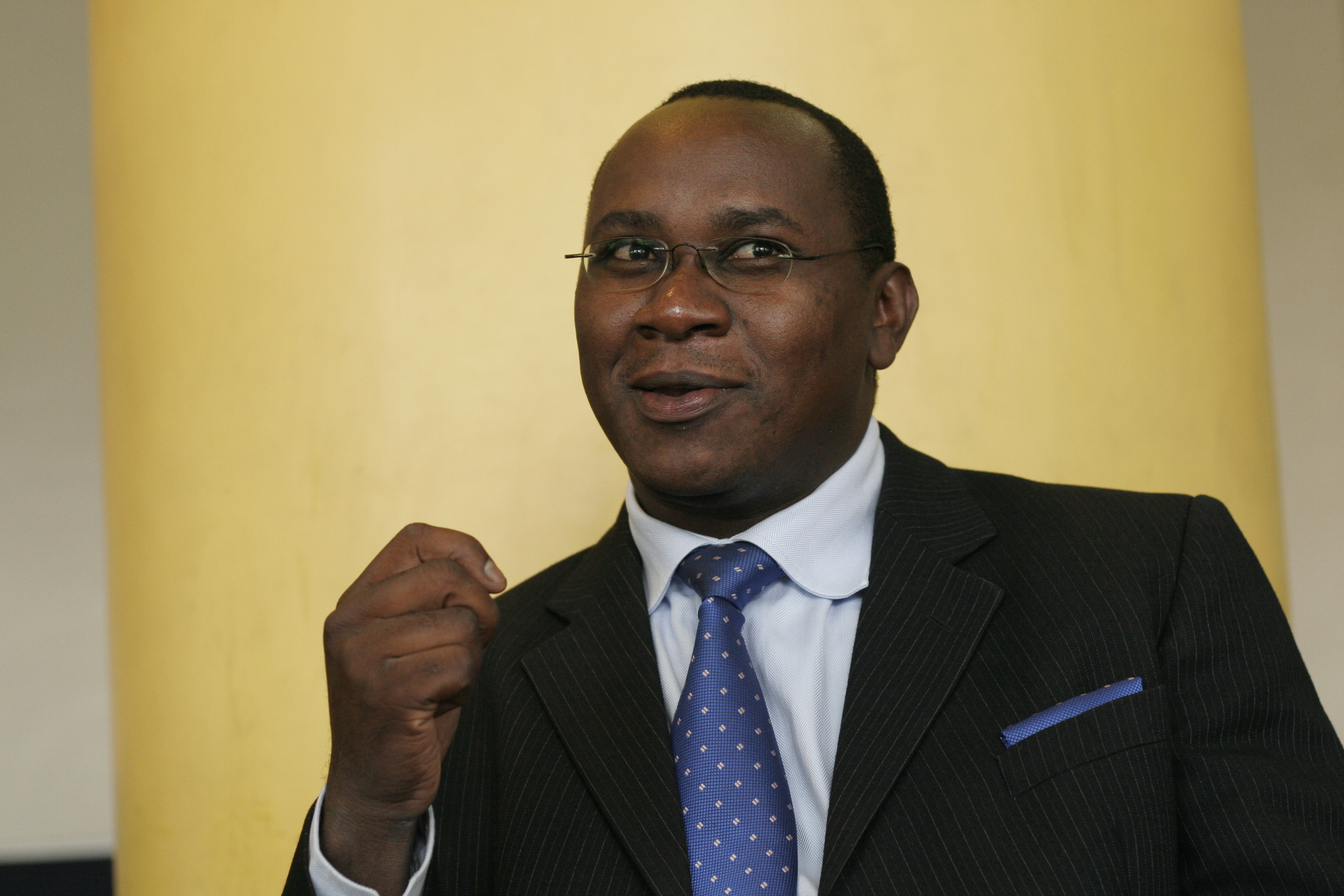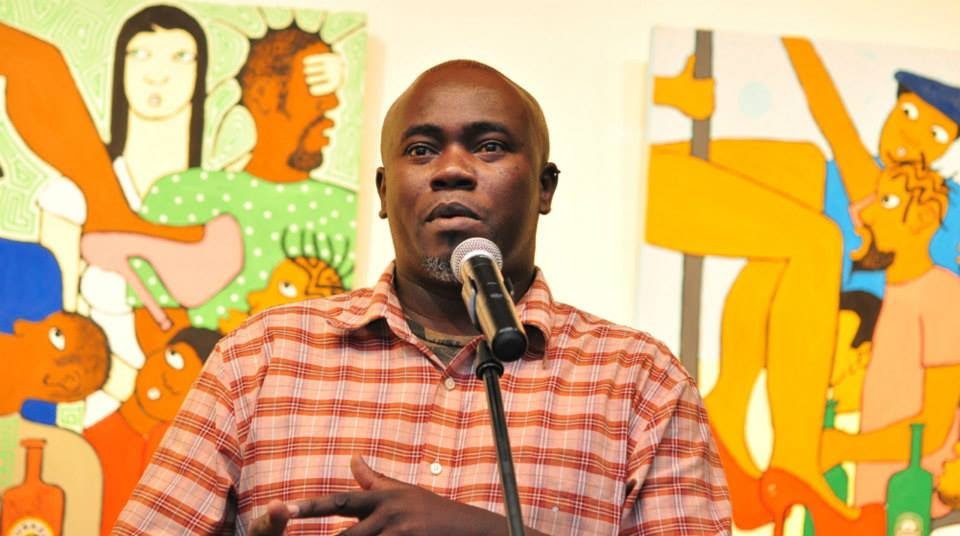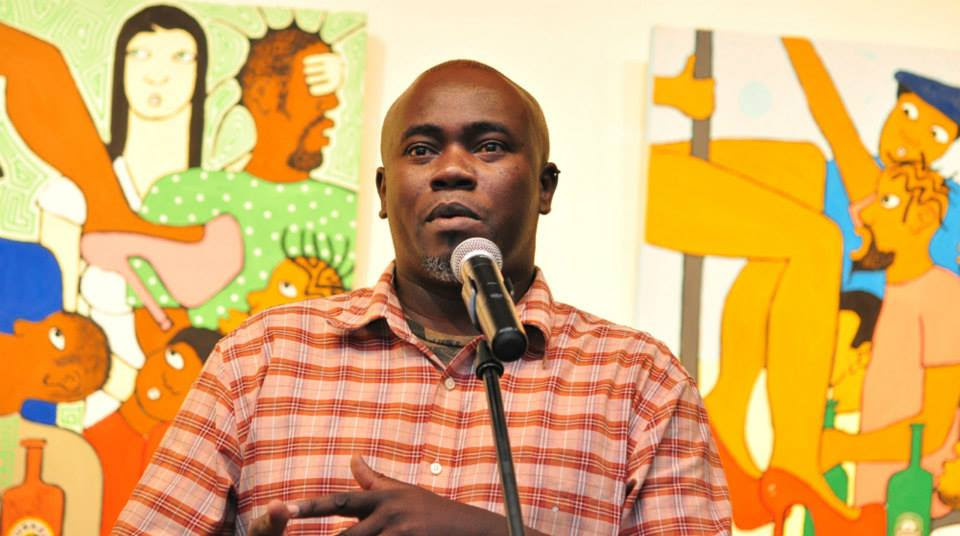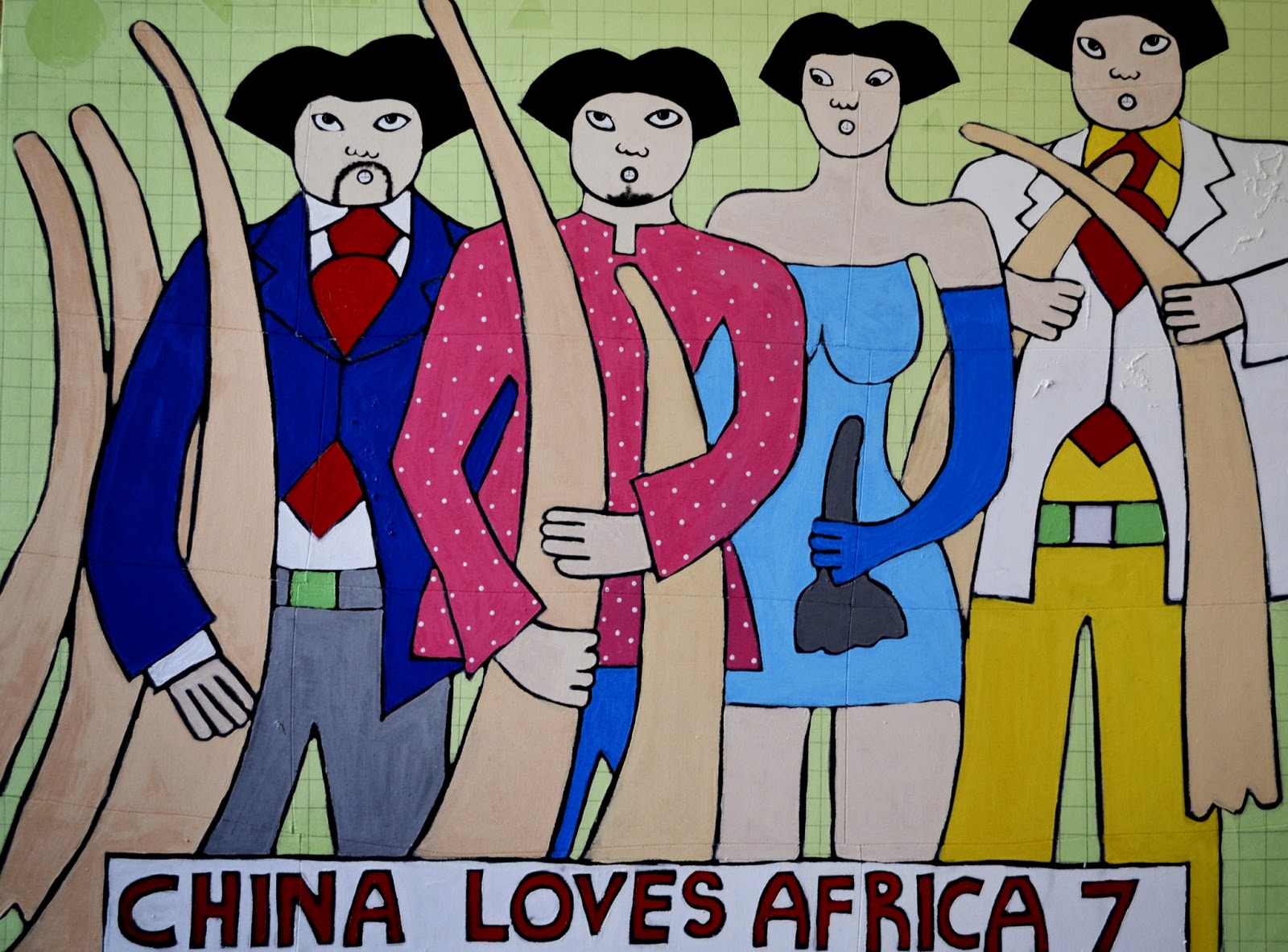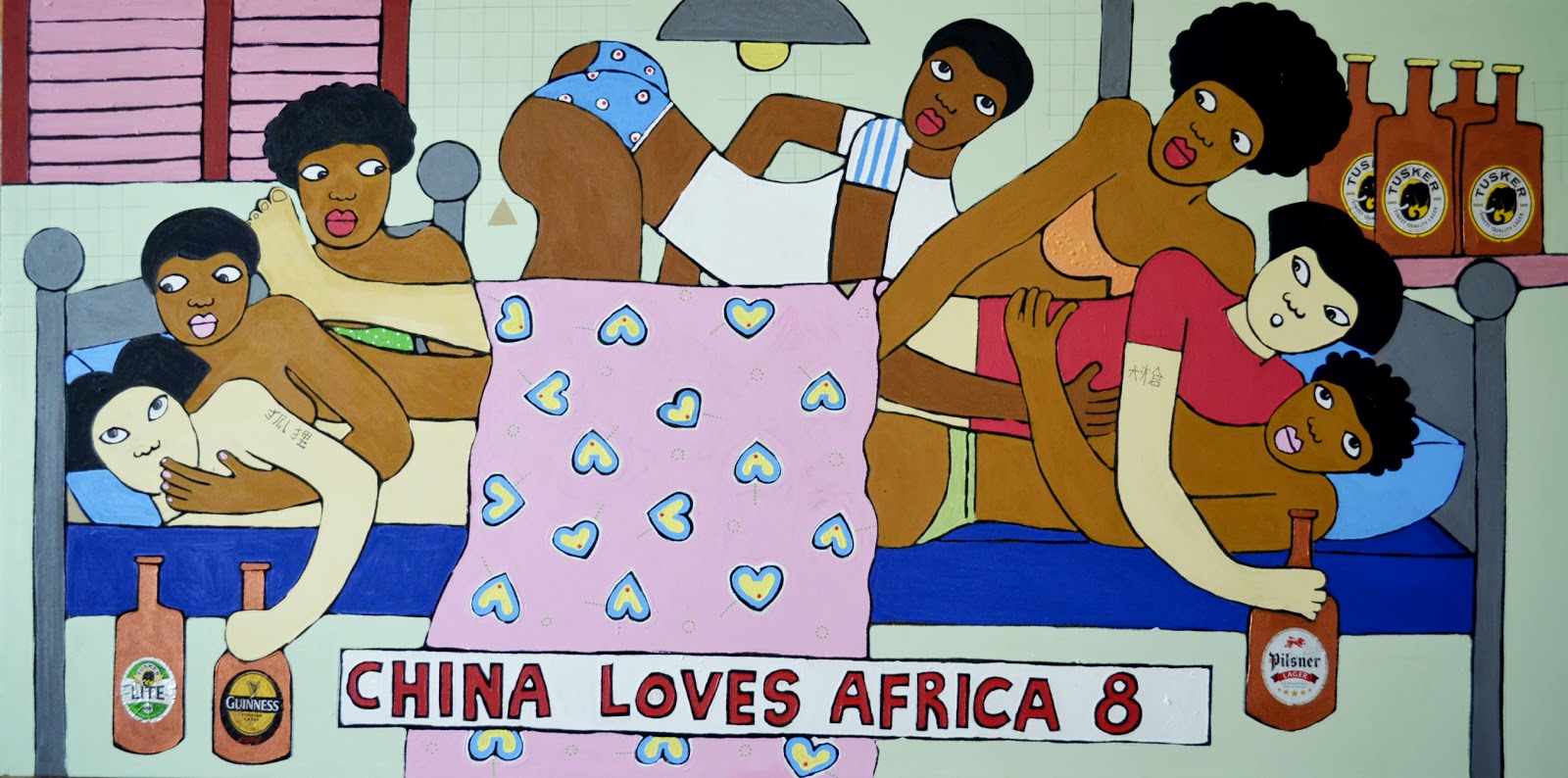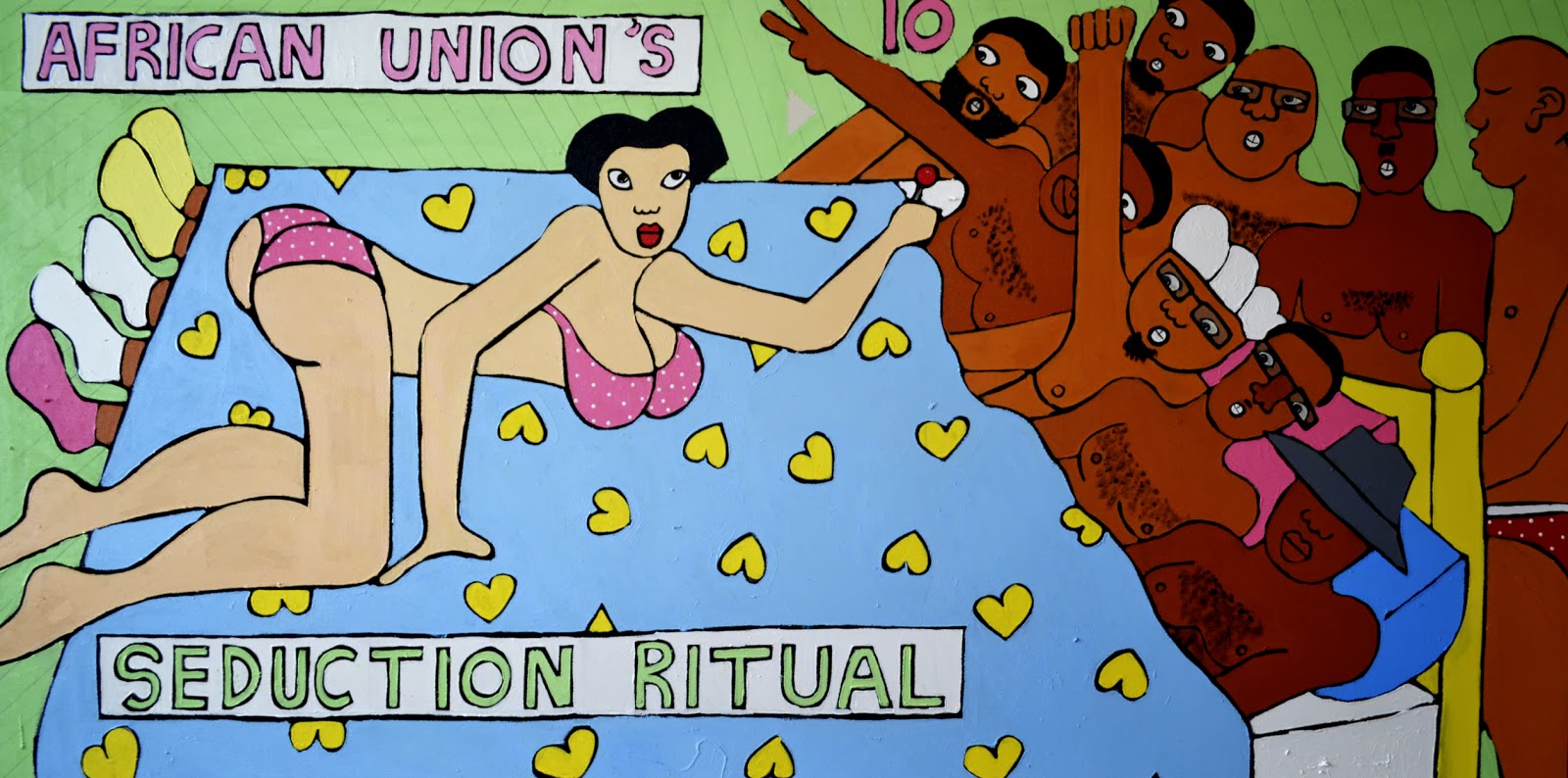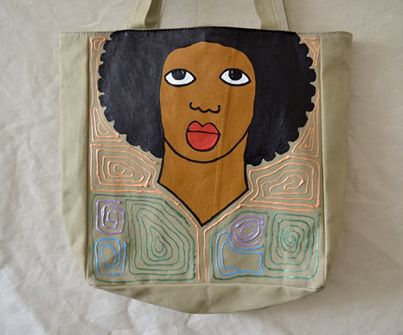Maisha Yetu caught up with Ndinda and had a chat on what it means to win the coveted schorlaship. Read on
Maisha Yetu: Explain to our readers what the Morland Award is all about?
Ndinda Kioko: It is a writing scholarship that is awarded annually by the Miles Morland Foundation to three writers from Africa. Each of the winners receives a grant to allow them to take a year off and write a book.
MY: How does it feel to be a recipient of the Morland Award?
NK: When I first received the news, I was shocked, followed by a deep sense of gratitude. Now that the excitement is finally settling in, I am a little terrified by the responsibility that I have to myself; the responsibility of writing that novel that I have wanted to write for so long. There is something deeply satisfying and equally frightening about finding yourself on the path towards your dream.
MY: What does the award mean to you?
NK: The scholarship came at a time when I was thinking of pausing everything to focus fully on writing. But then there is also that uneasiness that comes with leaving the comfort of a paying job to immerse yourself into the eternal darkness of writing. The reality is that, it is hard to make a living as a writer, and in between a 9 to 5 job, one can barely find enough time to make significant progress. This is not to say that it is not doable. There are those who have managed to maintain an equilibrium between the two. This scholarship means that I can now finally pull down the shutters and concentrate on my writing for a sustained period of time without the previous distractions and limitations. I am also hopeful that this opportunity opens a door for other literary endeavors.
MY: This seems to have been quite an eventful year for you. You were also recognized as one of the Africa39 authors. Tells us more about this.
NK: This also came as a surprise. It is not a small thing to be recognized as one of the 39 promising writers under the age of 40 in Africa south of the Sahara, especially when all you have to show for it is a bunch of short stories. Even more humbling, to be recognized alongside people you have read and admired for years. But beyond the honor, the excitement and the shock comes a reminder that I need to take writing seriously; that I need to stop looking at writing as something that merely punctuates my life. This is what I am here to do, and I need to do it constantly for as long as I am here.
MY: What motivated you to become a writer?
NK: I can’t really isolate that exact thing or person or moment that got me started. Growing up, I did not have the luxury of a television, so all my childhood was immersed in books. I have indistinct memories of reading John Steinbeck and not understanding a word. But what populated my childhood was a lot of Nancy Drew, John Kiriamiti, newspaper cuttings, to mention but a few. I can say that reading got me interested in writing, but I know I am a result of many things.
MY: Who are your role models; local and international?
NK: There are a lot of writers whose work I admire, who have influenced me greatly. I can’t possibly fit them here. The world is a hovel of atrocities, and there are writers like Toni Morrison who take away my restlessness. And I think this is the most powerful thing about being a writer- that through your writing, other people are able to survive the world. If I can do that for just one person, then my work here will be done.
I wish Mariama Bâ had stayed around longer. I am constantly craving for her writing, and I feel like I have reread her enough already.
My stylistic admiration at the moment belongs to Ali Smith, who was shortlisted for the 2014 Man Booker Prize. She writes from a space of formlessness, which is something I am very much drawn to. She plays by the rules yes, but at the same time, she stretches these rules to see what reinventions are beyond the rules.
I have utmost respect and admiration for Yvonne Owuor, Jeniffer Makumbi, Okwiri Oduor, Teju Cole, Ousmane Sembène, NoViolet Bulawayo, JM Coetzee, Junot Diaz; it’s a long list.
MY: What proposal did you submit and when should Kenyans expect to read you?
NK: I think it is too early to tell, and too early to talk about the project. All I can say is that I am charting a journey of remembering by exploring the relationship between a dead mother and a daughter. When should Kenyans expect to read it? Even I do not know. I am in no hurry. I want to take my time with it.
MY: What is your strongest point/ what is your style of writing? Prose/poetry?
NK: I write prose. I am still trying to understand myself as a writer, so I can’t quite speak of ‘a style’ that I can be identified with. I will let that be a burden of those who read me. But I am drawn to writing that is not so pedantic; writing that invents and reinvents and leaves you feeling like the writer has broken the law.
MY: Mile Morland says that he was blown away by the quality of this year’s entries. What about your submission blew him away?
NK: To be honest, I’ve also been wondering about that.
MY: Recently, we’ve seen Okwiri Oduor win the Caine Prize and now here you are; can we say that this is the time of the Kenyan woman writer?
NK: I don’t want to give that phrasing a nod. A lot of writing by Kenyan women precedes us. Writers like Yvonne Owuor, Grace Ogot, Margaret Ogola, Moraa Gitaa, Phyllis Muthoni, Njeri Wangari, and Marjorie Oludhe. However, I do recognize a dead gap between, say Yvonne Owuor and Margaret Ogola. And it is not because no one was writing, but because no one was paying enough attention. I am glad we are here now, and that more Kenyan women are getting published and that we are paying attention to their stories.
MY: What have you been doing prior to winning the prize?
NK: I have been writing and producing two TV shows for Mnet. The first project, titled How to Find a Husband is a sitcom that follows the life of three women living and surviving Nairobi as they try to find, lose, escape and keep love. We just finished filming the second project, a 26-episode political drama which we are currently editing. The shows are set to premiere early 2015.
MY: What are your views on Kenyan writing in general?
NK: I am excited to see the writers of our generation taking matters into their hands and creating spaces for themselves. Spaces like Jalada are a product of that. There is a lot of wonderful writing that stands a danger of disappearing into oblivion, and these spaces that are being created by writers’ collectives are there to minimize that danger. Traditional publishers can’t do it all on their own. I am also glad to see poets like Michael Onsando and Abigail Arunga taking the bold self-publishing step. It is an exciting time to be a writer in Kenya.
MY: Your message to younger writers who will now look upon you for inspiration, and especially those who might not have the opportunity to submit for either Caine or Morland
NK: Buy a notebook, and use it.

